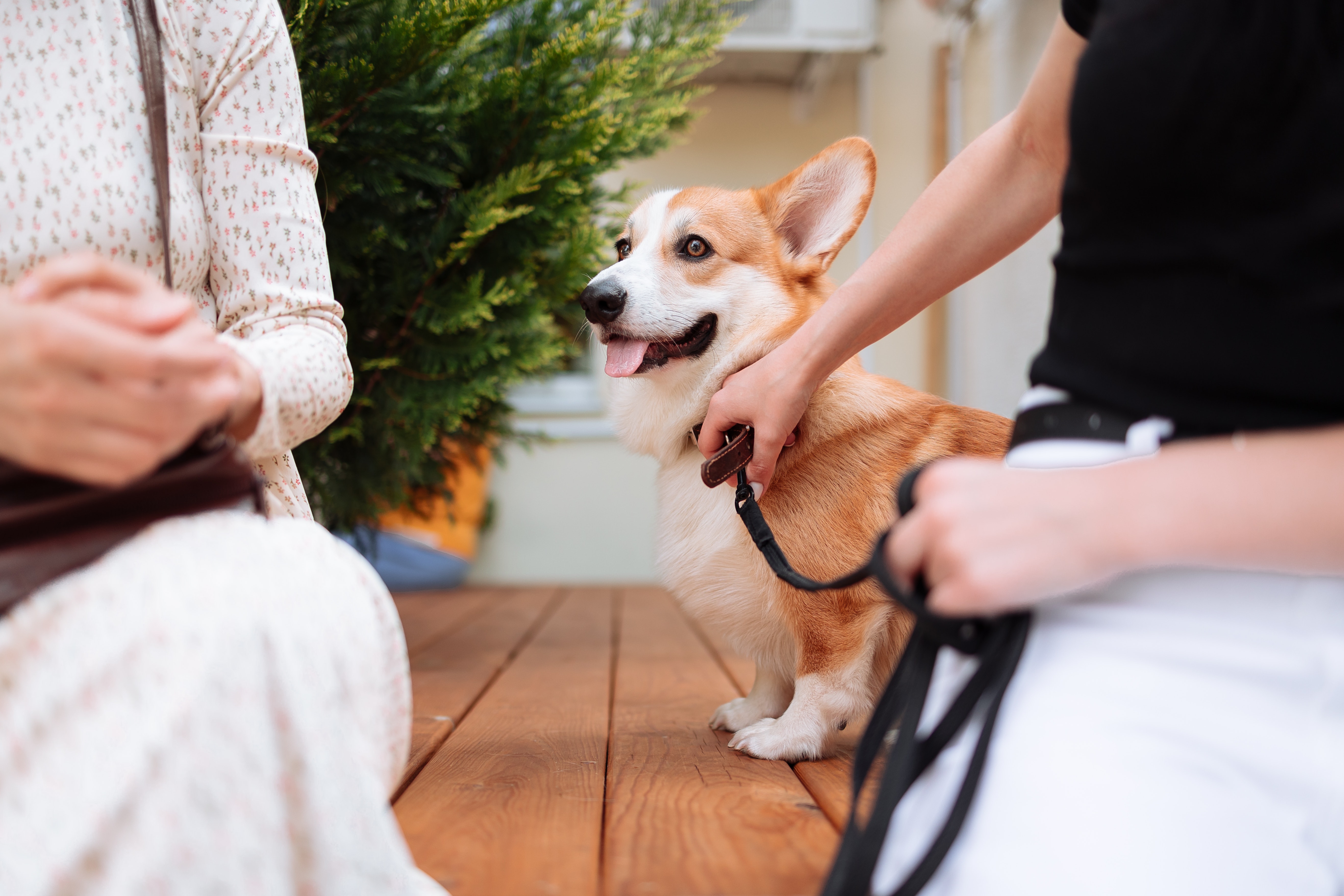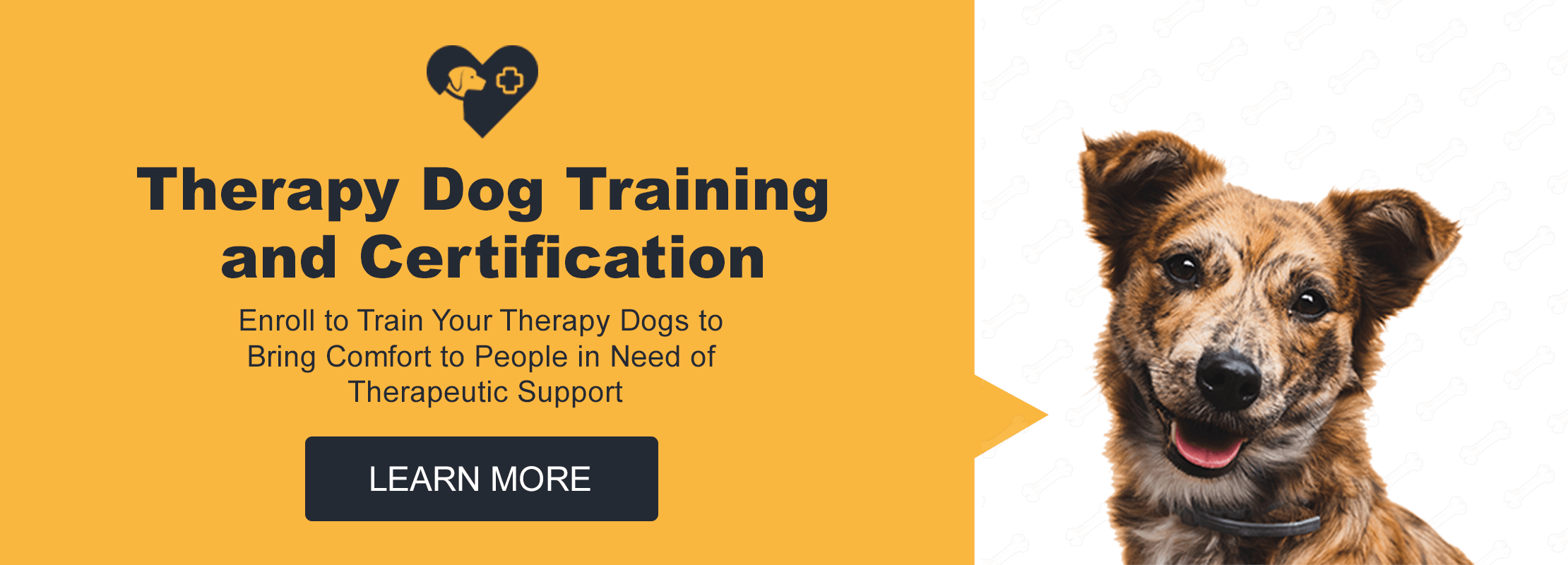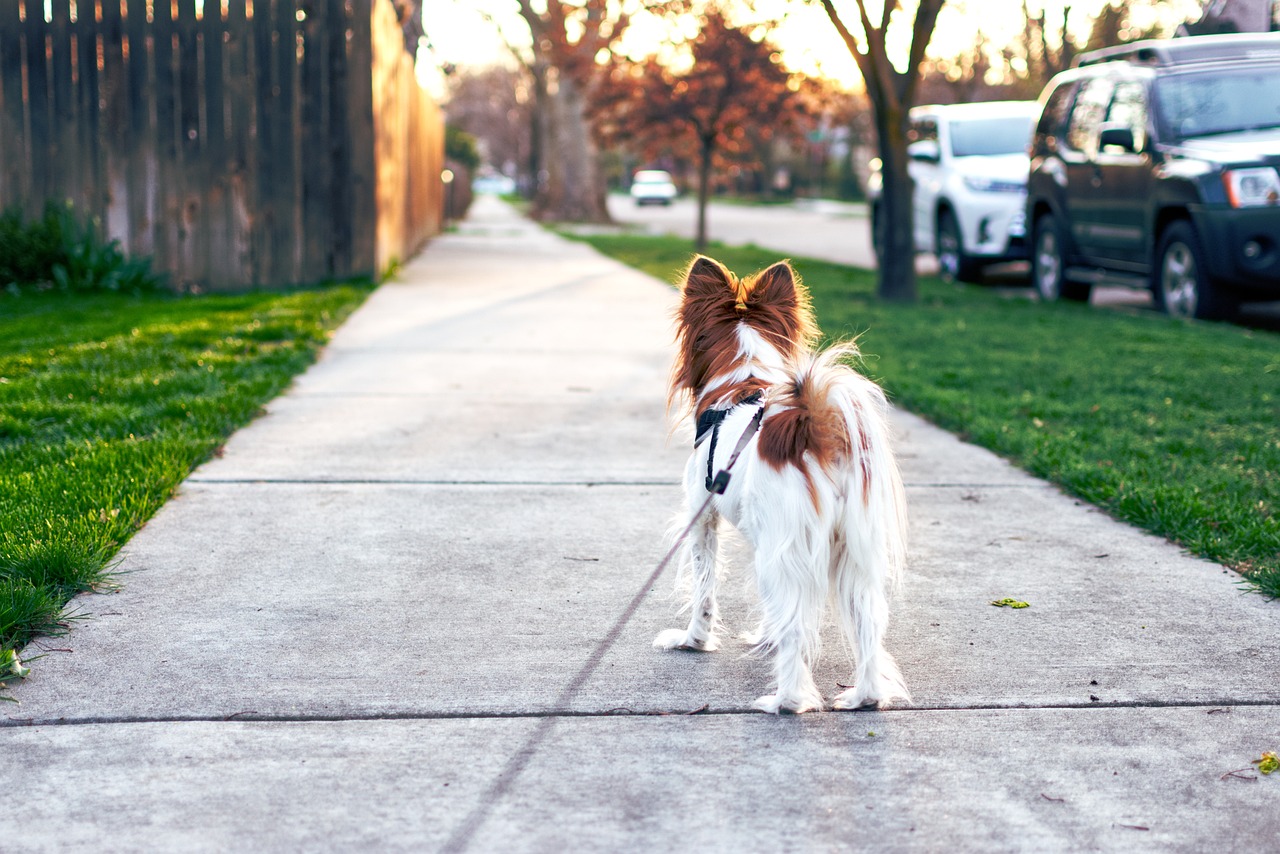
The term Emotional Support Animals (ESA) can refer to dogs, miniature horses, miniature pigs, ponies, monkeys, and a few other species of animals. In the eyes of the law, ESA are not Service Animals (which usually refers to dogs only) and do not have guaranteed public access rights. It is important to understand that ESA may be granted access to your workspace, restaurant, and local store solely at the discretion of the business owner/employer. Many of us are relying on ESA to help them get through the day and I am sure you have seen people taking their dogs to work as a way to cope with anxiety and pressure.
When is an Emotional Support Dog allowed in the office or in the local convenience store?
There are a few things that we need to clarify from the start if we are about to have an informative discussion about ESA and Emotional Support Dogs (ESD) in particular.
Number One — emotional support animals may be allowed special privileges and may be allowed to accompany their owners provided they have excellent public manners and are not recognized as threats to people and other animals. This is expected to be cleared between you and your employer or a local business owner via email, phone, or in person. It is strongly recommended to have these negotiations in writing. Once again, business owners and employers are not obliged to allow ESA and emotional support dogs on their premises.
Number Two — emotional support dogs can help people stay motivated and build a routine. As you know, dogs need regular exercise, food, water, grooming, and playtime. ESDs are known to help people who are struggling with depression, cognitive disorders, phobias, autism, stress, anxiety, Attention Deficit Disorder (ADD), and Post Traumatic Stress Disorder (PTSD). A letter confirming your need for an emotional support dog will be required to validate your dog’s status to landlords, businesses owners, and homeowners associations.
A reasonable accommodation is something that every employer and business owner has to consider when interacting with a person that is accompanied by an Emotional Support Dog. ESDs can be a powerful tool to help someone go through their daily life easier and with confidence. ESDs have proven to help their users build a sense of responsibility when it comes to taking good care of animals. The dogs can help people that are reclusive to go out of their shells and interact better with the people around them. Depression and anxiety can be alleviated to a degree through the care of a dog and deter harmful thoughts.
How To Start the Training
Good candidates for Emotional Support work are expected to be of a mild character and to be especially in-tune with their owner. The training of an Emotional Support Dog starts with potty training and basic obedience commands. It is then followed by teaching Deep Pressure Therapy, socialization exercises, and finally certification with an organization. I have to stress that Emotional Support Dogs are not required to be certified by law, but going the extra mile will put you in an advantageous position when you want to take your dog to work, on public transport, and negotiate with a landlord or a homeowners association with a no-pets-allowed policy.
It is good to have a few things at hand if you plan to train an emotional support dog yourself or have a professional trainer assist you in a leading role. Flat collars are great for carrying the dog’s name, the owner’s phone number, and the dog’s pet chip number if necessary. A good traditional harness will help you control your dog if it is prone to pulling and not adjusting to your speed. Buy a good strong leash so you are confident in your control. You will want it to be between four and six feet (1.20 m – 1.82 m).
Let's Start With the Basics
The emotional support dog should be fully trained to be obedient and fulfill commands like Sit, Stay (including for long periods), Down (laying on the ground), Drop It (to release items picked up from the floor) and Come. The ESD candidate has to be with a calm personality and avoid causing sanitary incidents while in the public space. The emotional support dogs are not required to carry a vest, but that is a good idea to implement if you want to easily communicate to the public that your dog is not a pet and it has a purpose. We recommend having an official letter from your medical professional that confirms your need and reliance on an emotional support dog. The letter should include the doctor’s contact info, signature, and license number.
DPT or Deep Pressure Therapy
The term Deep Pressure Therapy (DPT) refers to the application of light pressure to parts of your body or full body contact between the receiving person and their emotional support animal. Usually, small dogs can be taught to jump on your lap or lay beside you with their head on your lap. Large dogs can be taught to put their paws on your lap or knees as well as gently lay their head on your lap. Some handlers use this task during a panic attack, dissociative episode, flashback, or sensory overload. Others use it to help relieve muscular or nerve pain. A dog that naturally seeks interaction with you can learn this very quickly.
Grab a few high-value treats like boiled chicken and cheese for your dog. Sit on the couch and begin to train your dog for the service that you need. By putting a treat in front of the dog’s nose, you can slowly move the treat to the back of the couch. Once there, pat the couch again and repeat your dog’s name with excitement.
• Once the dog places their front paws on the couch, say “Up! Good!” And then reward the dog with its favorite treat.
• If the dog is a medium-sized dog, you will need to have all four paws on the couch prior to repeating the command “up”. Once they are on the couch, train them to lie down.
• If the dog does not place their paws up at first, then you will need to work in stages and reward actions that bring the dog closer to the end result. For instance, when the dog places their head on the couch, places one paw on the couch, then eventually places all paws on the couch. Each time, keep on giving a treat to the dog until you get the result you need. This gets the dog to do a bit more each time. Eventually, the dog will have all the paws on the couch.
• Continue to practice this action until the “up” command gets the result you are looking for. Then, continue until the dog does it without coaxing.
• Once the dog is up, use the command “Okay, Good!” to get the dog off the couch. Then proceed to praise the dog. If you use this every time the dog is told to get off the couch, they will learn it from repetition.
• Next, lay down on the couch and use your hand and pat your lap or chest to call the dog upon you. Say “up!” At this time, the dog may be surprised or worried about climbing on you. It is a normal reaction. Give them a treat for anything that is a positive step towards the end result. Once they relax and understand, they will be less likely to stiffen up. You will have to lure them into this action since they will not be used to this.
• A small to medium dog can lie on the chest in a spoon or cuddling position with its head next to yours.
• Once the dog has the hang of getting on top of your chest, practice the down command and get the dog accustomed to helping you with deep pressure.
• Do not get frustrated with the dog. They are as new to this as you. If you find that you are frustrated, then stop and take a break. The key is to make this fun and not stressful at all.
• If you have to take a break, then start again later. Sometimes, the dog will get overwhelmed and needs time to recover. This training can take some time for them to adjust to.
• A large dog can apply deep pressure by putting his paws on either hip and lying across your lap or over your breast area.
• Each time your dog gets it right, extend the amount of time they lay there before giving the down command. Use treats and enforce the joy of the task. Eventually, you will be able to eliminate the treats and replace them with praises for a job well done.
If you have a large dog, then you should teach them to push their head into your torso. Once they get used to the process, they will naturally cuddle you with their head moving closer to your torso. Praise them for this and give them a treat. If the dog stands on its hind legs, then allow it time to rest its legs before you continue practicing.
Socialization
Introduce your dog to as many new environments, smells, people and animals as possible after the dog has passed 3 months of age. You should pay attention to the dog’s energy levels and excitement. Never overstimulate your dog and make sure your dog does not feel threatened. Give lots of praise and tasty treats when outside. You should be mindful of other people as well, make sure not to impose on people that have allergies or fear of dogs as to maintain a good public image. Do not let your dog wander off or try to initiate an interaction with other people without their consent.
You Can Train Your Own ESD
Some dog owners may be interested in training their own dogs to perform DPT for them when they are in emotional distress. There is no better way to improve your bond with your dog and learn more about how dogs think and act. There are courses available for this online and in person. However, if you are not ready to commit to the challenge you should find a dedicated trainer.














